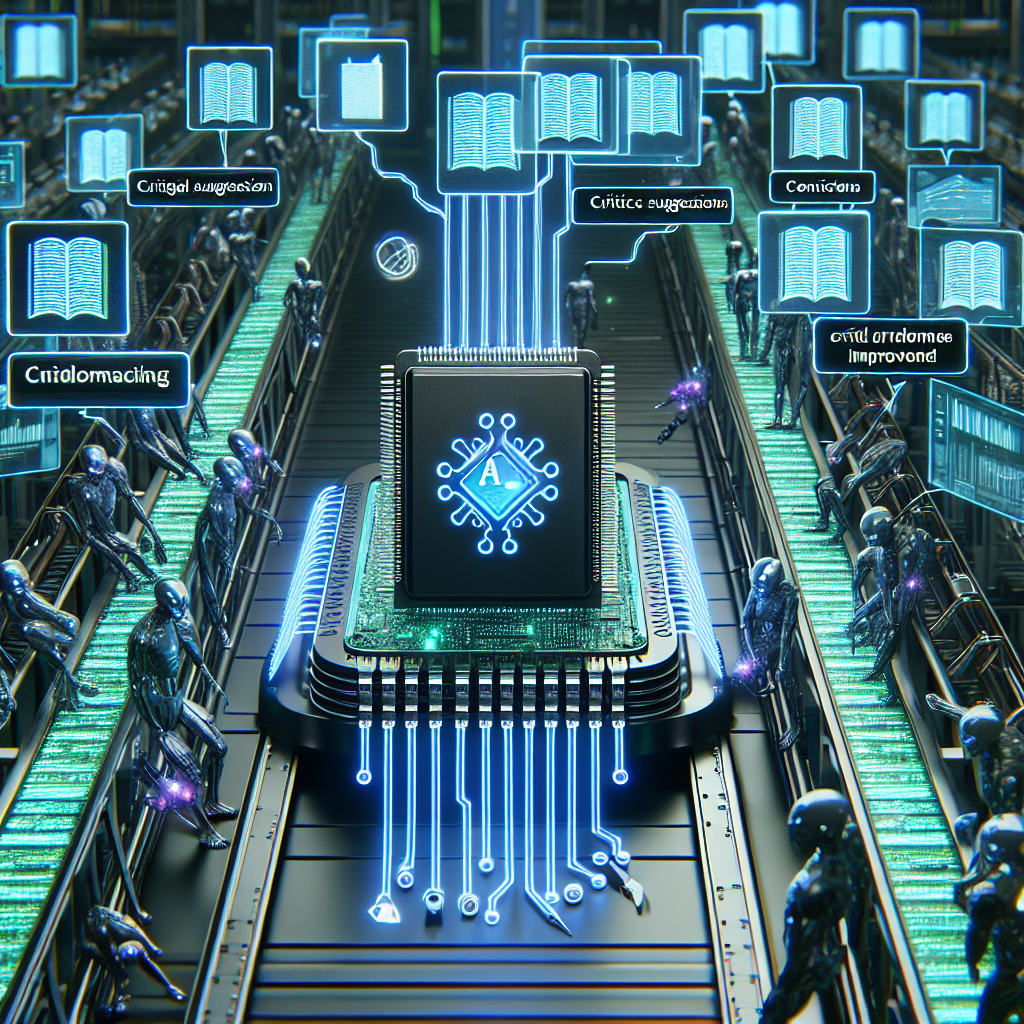Simplifying The Editing Process For AI-Generated Book Series
Today’s fast-paced world places ever greater emphasis on new content creation. Thanks to artificial intelligence (AI), authors and publishers alike are turning towards AI-generated book series as one solution to meet this rising demand. One challenge in this process, though, lies with editing. With so much content being produced every year, streamlining this aspect is key for efficient production as well as accuracy.
Challenges of Editing AI-Generated Book Series
Editing AI-generated content presents its own set of unique challenges. Since AI uses algorithm to produce its writing, which may lack coherence or flow compared to human editors; making it harder to follow storyline consistency throughout series; in addition, AI may misunderstand subtlety of language usage leading to awkward phrasing and grammar errors that require correcting manually by editors.
Tools to Speed Up Editing Process (Revision Process Streamlining)
There are various tools and techniques that can make editing AI-generated book series simpler, such as natural language processing (NLP) software that helps identify and correct grammatical errors, typos and awkward phrases – ultimately helping editors focus their energy on maintaining coherence and consistency of their series.
Automated editing software can also aid in speeding up the editing process by rapidly analysing and editing large volumes of text quickly, making it easier for editors to spot and correct errors more efficiently. By automating their editorial processes, publishers can save both time and resources while guaranteeing high-quality products at completion.
Best Practices for Editing AI-Generated Content
As editors of AI-generated book series, editors should heed several essential best practices when editing. First and foremost is maintaining consistency throughout the series – this applies to character traits, plotlines and writing style as well. By creating a style guide for their AI book series editing efforts can ensure its continuity while remaining captivating to its target readers.
Second, editors should pay careful consideration to the story’s pacing. AI-generated content often lacks depth or nuance; therefore editors need to carefully edit scenes and dialogues so they flow naturally and smoothly for readers. By paying close attention to pacing editors can make their story even more captivating and immersive for their audience.
Conclusion
Proper editing processes for AI-generated book series are vital in producing quality final products. With tools like Natural Language Processing software (NLP) and automated editing programs like those from IML Software Ltd (AIML), editors are better able to efficiently correct errors while upholding consistency within each series. Following best practices for editing AI content will allow publishers to develop captivating series which resonate with readers.
